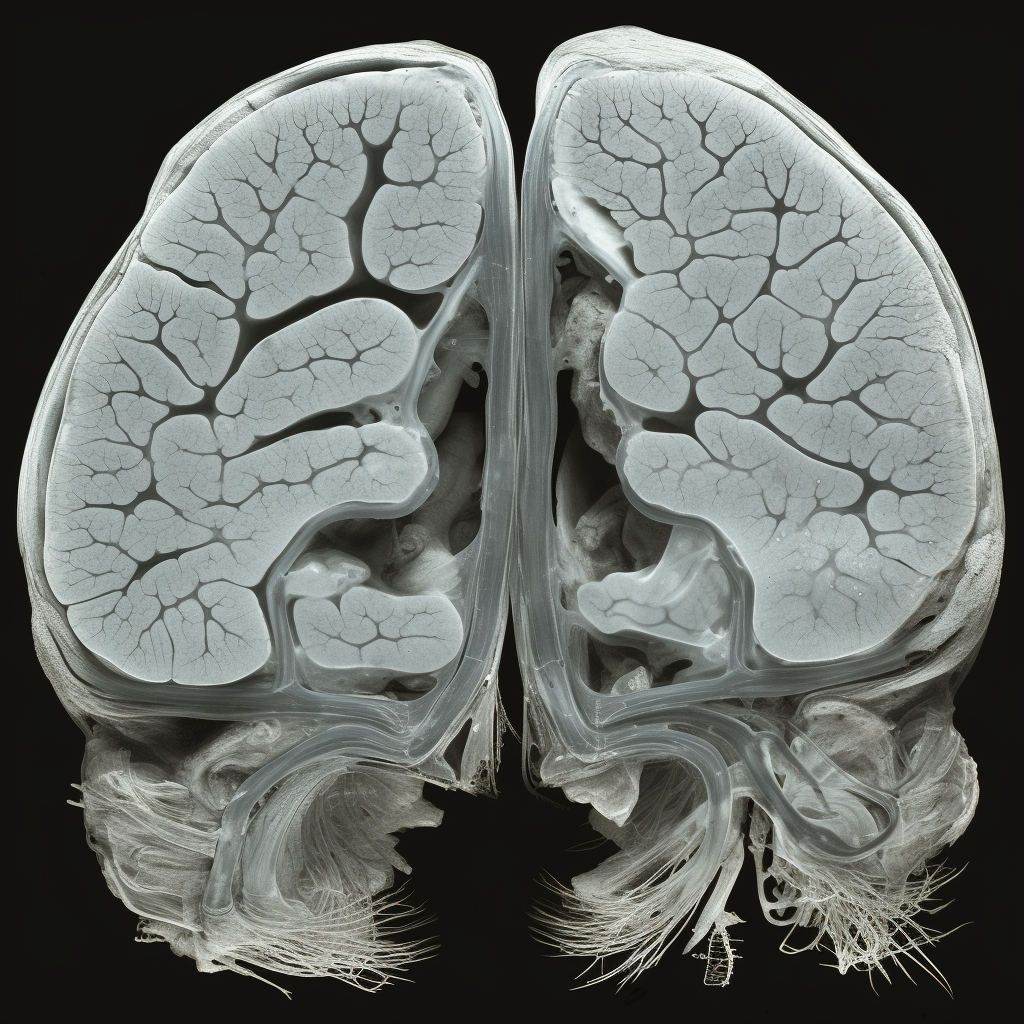Guide on Hyperbaric Oxygen Therapy (HBOT) for PTSD
This guide is based on the latest research conducted on the efficacy of Hyperbaric Oxygen Therapy (HBOT) for treating Post-Traumatic Stress Disorder (PTSD) in veterans, as outlined in a study published in PLoS One in 2022.
HBOT and PTSD
PTSD is a debilitating psychiatric disorder that arises in response to severe traumatic experiences. It is characterized by intrusive memories, avoidance of trauma reminders, and changes in emotional responses. While traditional therapies have shown limited effectiveness, recent research indicates promising results using HBOT.
Understanding HBOT for PTSD
HBOT involves inhaling 100% oxygen at higher-than-normal atmospheric pressures, which enhances the amount of dissolved oxygen in the body’s tissues. This process is believed to induce neuroplasticity, aiding in the recovery of brain function and structure, particularly in areas affected by PTSD.
The Study’s Findings
The referenced study, conducted at the Sagol Center for Hyperbaric Medicine and Research in Israel, was a randomized, controlled trial involving veterans with treatment-resistant PTSD. Participants received 60 daily sessions of HBOT. The study found significant improvements in PTSD symptoms, as measured by clinical questionnaires and brain imaging techniques (MRI and fMRI).
Key Outcomes
- Symptom Improvement: Veterans showed significant reductions in PTSD symptoms, including depression and anxiety.
- Brain Function: Enhanced brain functionality was observed in the left dorsolateral prefrontal, middle temporal gyri, both thalami, left hippocampus, and left insula.
- Brain Structure: MRI showed improved microstructural integrity in the fronto-limbic white-matter, genu of the corpus callosum, and fornix.
Potential Mechanisms
HBOT’s benefits for PTSD may be due to:
- Increased tissue oxygenation.
- Stimulation of genes sensitive to oxygen and pressure.
- Restoration of mitochondrial functions and induction of anti-inflammatory and neurogenic factors.
Implications for Treatment
This study provides strong evidence that HBOT can be an effective treatment for veterans with treatment-resistant PTSD, showing improvements in both clinical symptoms and brain imaging markers.
Considerations
- Treatment Duration: The standard course of HBOT in the study was 60 daily sessions.
- Safety: HBOT was well-tolerated with minimal side effects, primarily mild and spontaneously resolved middle ear barotrauma.
- Memory Recovery: Some participants experienced the surfacing of previously inaccessible memories, which could be an important psychological aspect of therapeutic response.
Conclusion
The study concludes that HBOT can improve symptoms and brain functionality in veterans suffering from treatment-resistant PTSD, offering a new avenue for treatment. This guide aims to provide an overview of these findings and their potential implications for treating PTSD in veteran populations.
